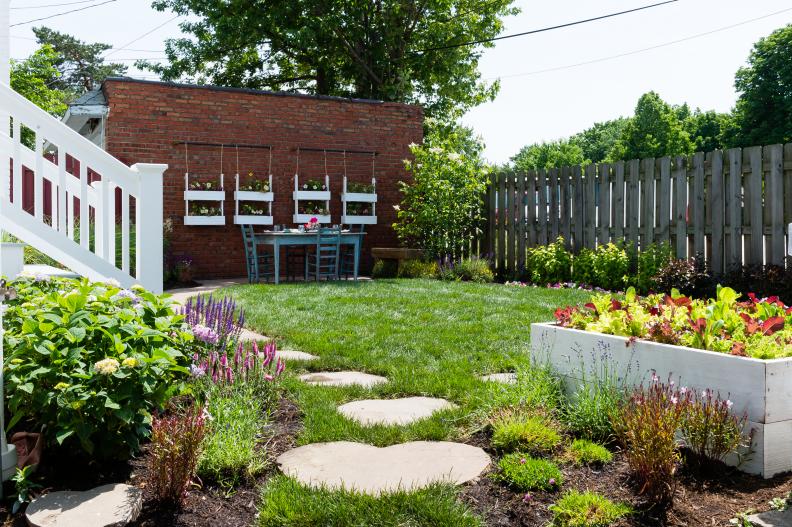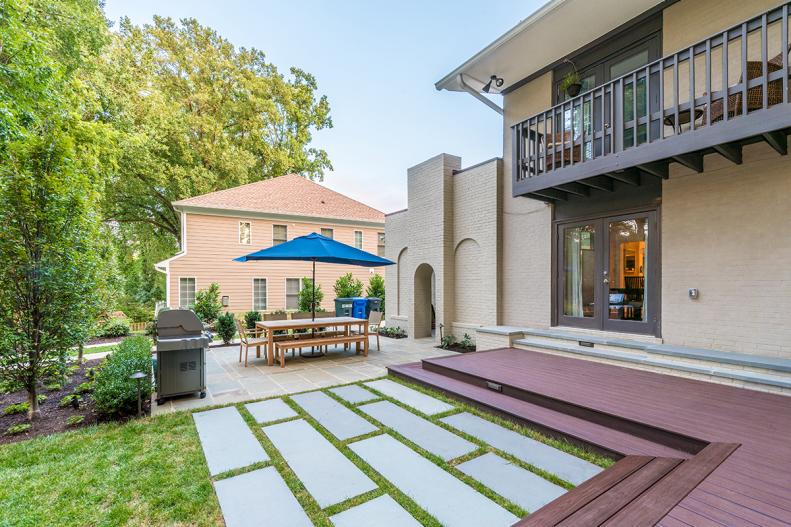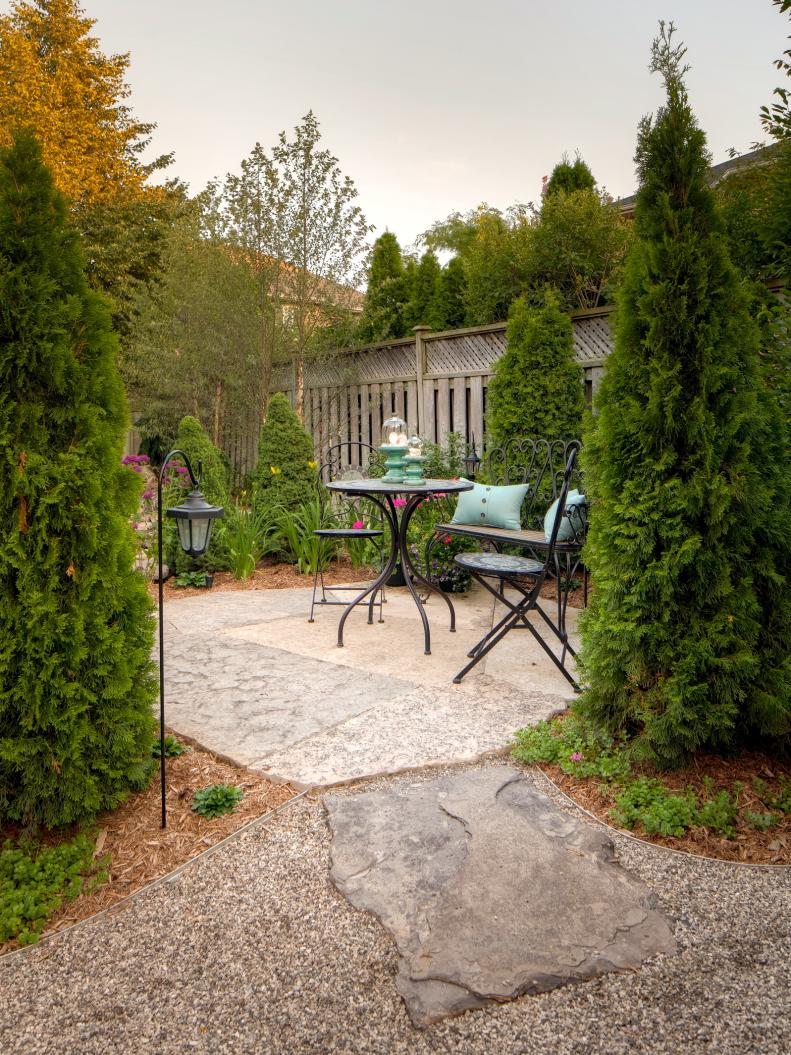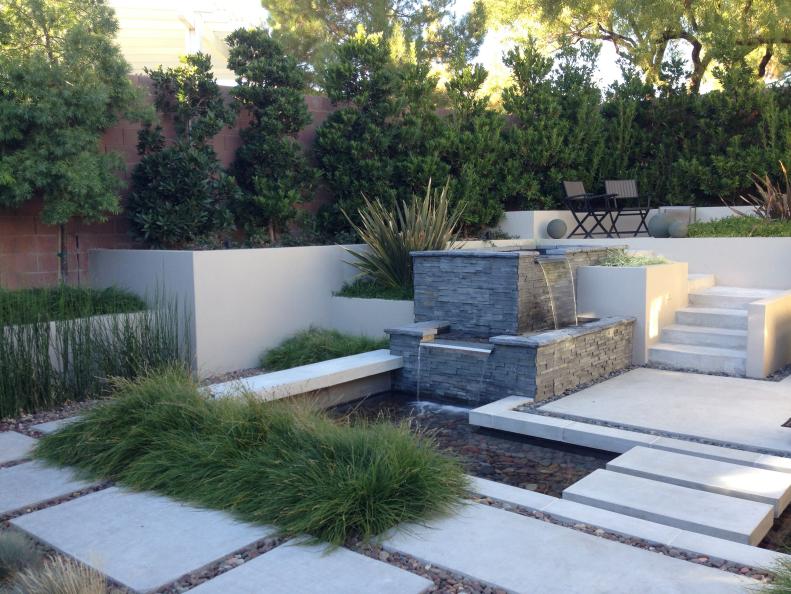1 / 20
Photo: Jason Miller / AP Images
Divide and Conquer
It seems counter-productive, but dividing a small space into smaller areas based on function actually helps give a little yard some breathing room. This small yard features a welcoming pathway, an al fresco dining area, a vegetable garden and flowers for filling vases.









